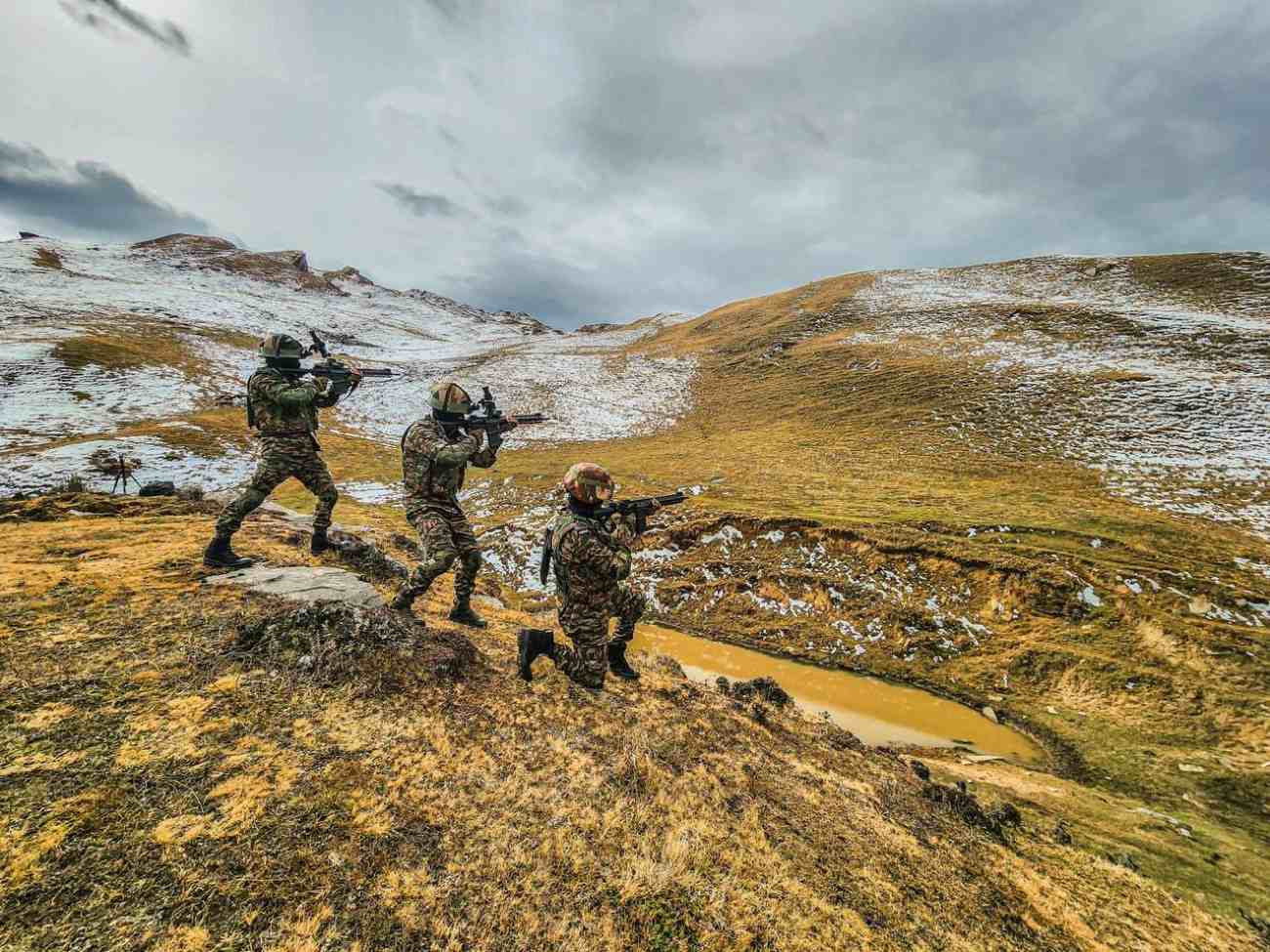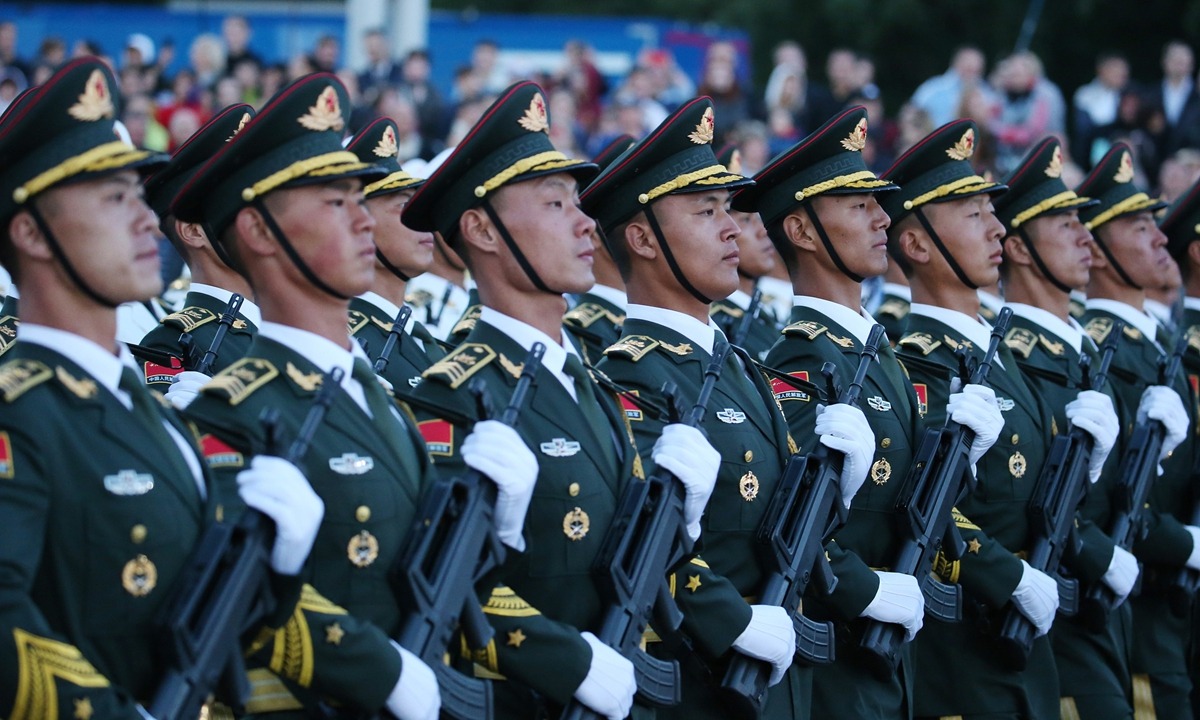For the first time since 2009, military expenditures have gone up in all five geographical regions—America, Europe, the Middle East, Africa, and Asia-Oceania.
India increased its defense spending in 2023, but it continues to trail the US, China, and Russia. India hiked its budget by 4.2 percent, whereas China’s military spending increased by 6 percent. Russia registered a whopping 24 percent hike.
According to the Stockholm International Peace Research Centre (SIPRI), global military expenditures registered a steep increase in over a decade and reached a record high of US $2,443 billion in 2023. The Ukraine war was one of the leading causes of military spending reaching a 35-year high. Tensions in Asia and the Middle East also contributed to the hike.
The SIPRI report concluded that global military spending reached $2.4 trillion in 2023 — a 6.8 percent increase from 2022. The United States continued to be the world’s largest military spender and weapons supplier by spending $916 billion. The US increase in military spending was only 2.3 percent, while China boosted its military spending for 29 years in a row by another 6 percent in 2023.
Russia’s military spending spiraled up by 24 percent and reached US $ 109 billion in 2023. Since 2014, when Russia annexed Ukraine’s Crimea, the country’s military spending has risen by 57 percent.
“The unprecedented rise in military spending is a direct response to the global deterioration in peace and security. States are prioritizing military strength, but they risk an action-reaction spiral in the increasingly volatile geopolitical and security landscape,” said Nan Tian, a senior researcher at the institute, which has tracked military expenditures since at least 1988.
The gap between India’s and China’s official budgets is four times. The difference in budget increases is making the gap between military spending between the two countries with adversarial relations more pronounced. China’s huge military budget creates a notable disparity in power projection. India needs to optimize its military investment.
While China’s military spending is directly aimed at bolstering its capability in the South and East China Seas to thwart the US from intervening in Taiwan, India cannot afford to lower its guard.
It is an understatement to say that New Delhi’s ties with Beijing have been frosty since the clashes between the armies of the two countries along the 3488 km Line of Actual Control have increased. Also, China’s frequent naval forays in the Indian Ocean Region have been concerning for India.
Indian Troubles
Despite being the world’s fourth largest defense spender, India faces challenges in maximizing its military investment. A major chunk of India’s military defense goes into paying salaries and pensions for its 1.4 million armed forces.
The Indian government decided to rationalize its burgeoning salary and pension bills by introducing the controversial Agnipath scheme. Under this scheme, recruits were expected to serve for four years, but only a fraction were absorbed into the forces permanently.
Over 70% of the defense budget is used for revenue expenditures (operating expenses), while only about 30% is spent on capital expenditures for modernizing the forces. The number of defense pensioners has increased by around 10 lakhs (one million) in the last seven years.
In 2023, the government allocated Rs 1.3 lakh crore ($1.5B) for the pensions for armed forces from the total of Rs 5,93,537 crore ($6B) budget allotted to the Ministry of Defence.
The fastest-growing component of India’s defense budget is the defense pension bill, not expenses on the procurement of military hardware.
According to the report of the Parliamentary Standing Committee on Defence (2019-20), the Government of India provides pensions to approximately 32,35,730 retired defense personnel, of whom 26,33,947, or 81 percent, are military pensioners or their dependants, 6,01,783, or 19 percent, are defense civilian pensioners or their dependants, and around 46,869 pensioners, or 1.4 percent, are not classified in either category. To this burden, around 55,000 pensioners are added every year.
India lacks a robust defense-industrial base, which affects its ability to develop cutting-edge military technologies. Work has begun to rectify this situation, but there is still a long way to go.
After the Indian Army troops came to blows with China in Galwan Valley in 2020, India has been working on Border Infrastructure Development. Given the challenging terrain along its borders, India invests in infrastructure development to improve connectivity and mobility for troops. Roads, bridges, airfields, and other facilities are crucial for effective border management.
India has been focussing on Strategic Assets and Platforms such as submarines, aircraft carriers, and long-range missiles. These platforms enhance India’s ability to project power and protect its interests in the Indian Ocean region.

China’s Increasing Military Spending
China’s military official figures on defense spending don’t include spending on the space program, defense mobilization funds, authorized sales of land or excess food produced by some units, recruitment bonuses for college students, and provincial military base operating costs, leading to a discrepancy.
China’s 2024 military budget was announced with a 7.2% defense budget hike, even as the economy slows.

The draft budget revealed that funding for national defense will reach a record RMB1.665 trillion (USD233 billion) this year, up from RMB1.554trn (USD219bn) in 2023. The 7.2 percent nominal uplift matches the rate of growth seen in 2023 and is in line with the ten-year average of 7.5 percent.
As a proportion of GDP, the defense budget amounts to 1.25 percent, well below the global average of 1.8 percent and the 2 percent target for NATO countries.
The Chinese defense budget is still considerably lower than the USD 911 billion requested by the US defense budget in 2024. However, on a real-term basis and accounting for inflation, Beijing’s pace of spending increases is narrowing the gap with Washington.
Beijing has not laid out how the increased 2024 budget will be spent. It is, however, clear that commitment to enhance People’s Liberation Army (PLA) capabilities for a potential Taiwan contingency by 2027 and full military modernization by 2035 – as dictated by President Xi Jinping; would be a top priority.
China’s rising military expenditure is driving up spending by neighbors. Japan allocated $50.2 billion to its military in 2023, which was 11 percent more than in 2022. Taiwan’s military expenditure also grew by 11 percent in 2023, reaching $16.6 billion.
‘China is directing much of its growing military budget to boost the combat readiness of the People’s Liberation Army,’ said Xiao Liang, a Researcher with SIPRI’s Military Expenditure and Arms Production Programme. This has prompted the governments of Japan, Taiwan, and others to significantly build up their military capabilities, a trend that will accelerate further in the coming years.’
- Ritu Sharma has been a journalist for over a decade, writing on defense, foreign affairs, and nuclear technology.
- The author can be reached at ritu.sharma (at) mail.com
- Follow EurAsian Times on Google News




